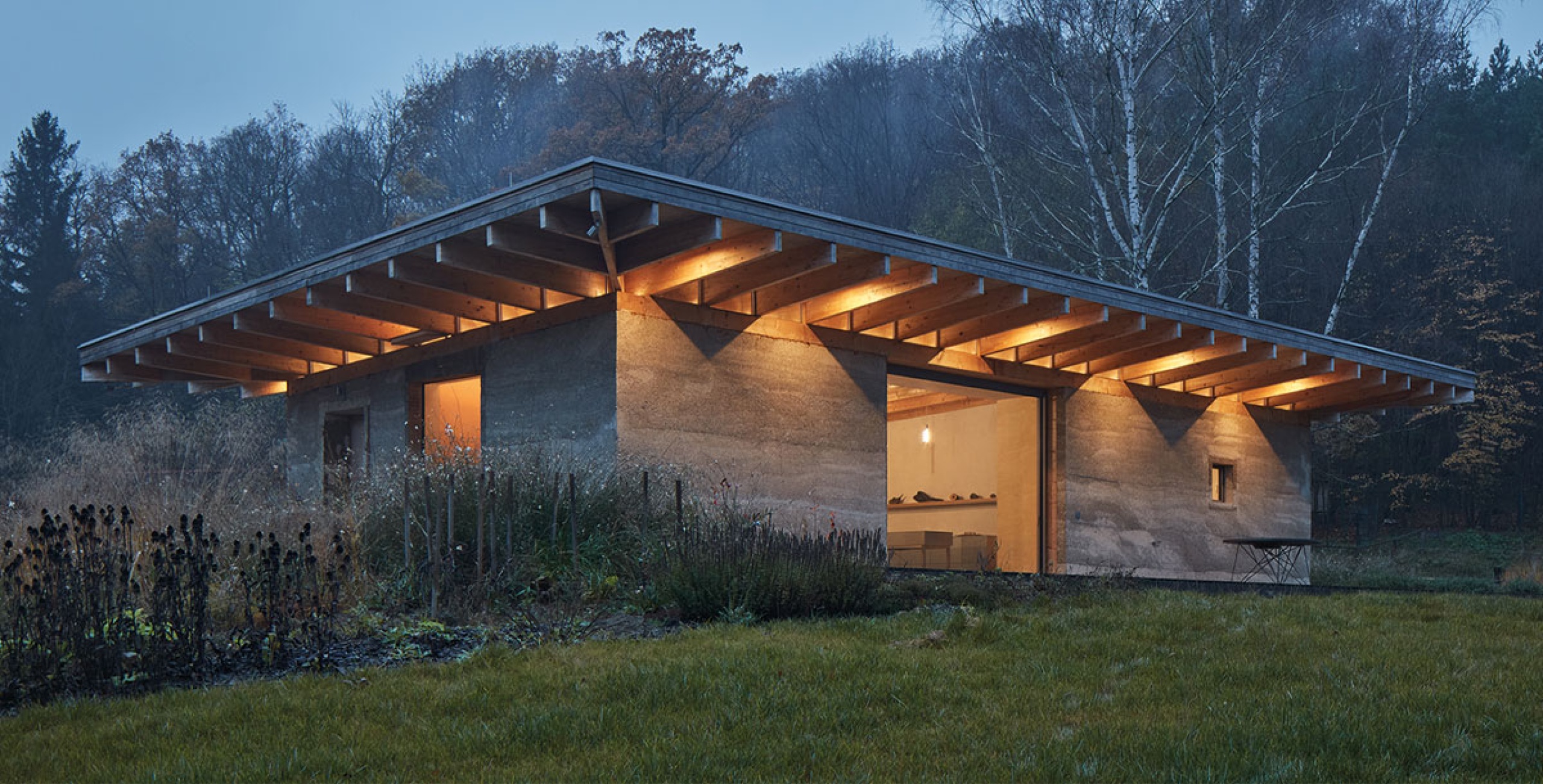Naturally, it pays!


In addition to their small carbon footprint, timber and other natural materials such as hempcrete, straw, etc., have another significant advantage today – they provide good or very good thermal insulation. Natural construction is a great basis for building a passive house, i.e. one that does not consume external energy on annual balance.
Every house built today must be energy-efficient – this is required not only by the latest regulations, but also by energy prices. Natural building materials have many advantages in this regard, including its thermal insulation properties. If they are less than 78 cm thick, timber walls must be insulated to meet thermal insulation requirements. In terms of insulation, hempcrete is what catches the attention. A wall made of such material with a thickness of 0.5 meters can achieve the value of the heat transfer coefficient U required for passive houses, i.e. 0.15 (W/m2k). In short, hempcrete is a ticket to living in a house that, on annual balance, breaks even in terms of external energy supplies – which means that energy demand costs nothing!
How to achieve this? By striving for maximum energy efficiency. Choose a building design without thermal bridges, with a form that is most conducive to reducing heat loss, located in a place that is as beneficial as possible in terms of energy demand. Then, equip the house with the appropriate, state-of-the-art technologies – heating with air conditioning systems with a heat pump function, photovoltaic panels, etc. In light of increasingly expensive energy and difficulties with predicting the prospects of the energy market, such an investment will pay off after just a few years.
What should be kept in mind?
- The simpler the shape, the more energy-efficient the building – e.g. a rectangular form is a good solution in this regard.
- The smaller the area of the house that needs to be heated, the lower the costs of heating and the greater the benefit for the environment (the optimal area is from 90 to 120 square meters).
- A gable roof without roof windows involves lower energy losses.
- The optimal thickness of the insulating layer is 25-30 cm for the walls, 15-20 cm for the foundations and 30-40 cm for the roof.
- It is best to choose a heat pump powered by photovoltaic panels as a heat source.
- Mechanical ventilation and recuperation (heat recovery) will ensure fresh air and energy savings.
- Windows on the northern wall expose the building to energy loss, so they are best avoided.
- Large glazing on the southern wall should be equipped with roller blinds, which will protect the house from excessive heat in the summer.
- The tightness of the building should be tested using the blower door test – the wind blowing through cracks not only takes away from the comfort of the apartment, but also contributes to wasting energy.
- Balconies are “thermal bridges” and cause significant heat loss.
(photo: House LO – a passive house of hempcrete in Buchlovice, Czech Republic/BoysPlayNice)